|
ID |
Nickname |
Country / City |
Languages |
Taxonomies |
Comment |
Project / Group |
Map |
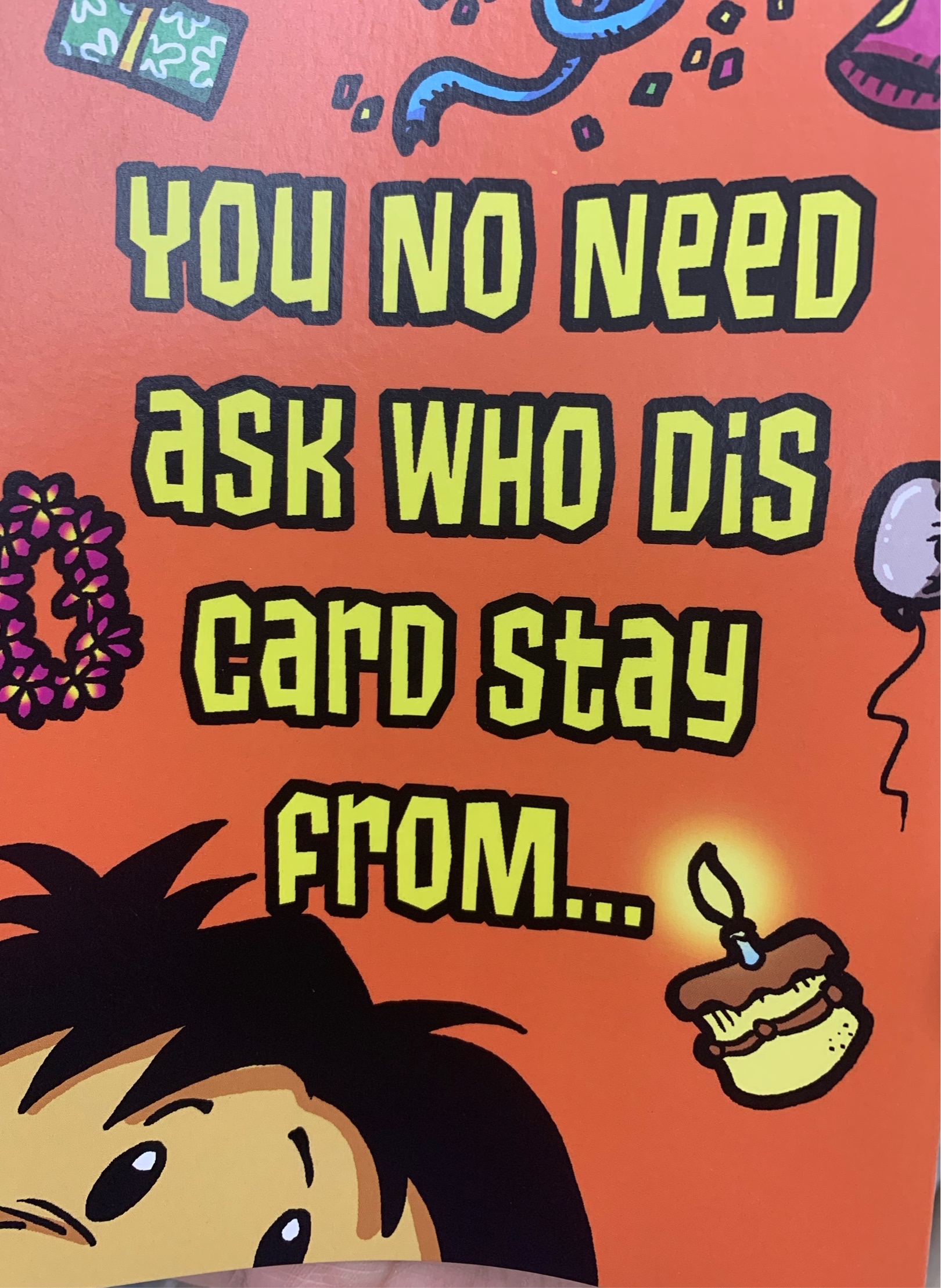
|
46055
|
|
United States
Kaneohe
|
|
|
SU: Check Up #2
- What languages are used on the sign?:
The languages that are used on the sign is Hawai’i Creole or Pidgin and English.
- How are the languages presented?:
The languages are presented in big, bolded, yellow and black letters.
- Who is the audience?:
The audience is the general public, but would probably be more directed to the locals.
- What is the domain?:
The domain is on a birthday card in a public store.
- What is the sign telling people?:
The sign is telling people that whoever is receiving this card should already know who is giving it to them.
- Why is Pidgin being used here?:
Posing is being used here because it is a unique way to write a birthday card and it is something especially unique to the people of Hawai’i. It is appropriate to give someone who knows and is exposed to the language of Pidgin.
|
Multilingual Hawaiʻi
|
|

|
46063
|
|
United States
Honolulu
|
|
|
“But no take mo bettah ones when you leave” I saw this sign in the mall in a stand by the food courts. It had both Hawaiian and Pidgin in it. GM
|
Multilingual Hawaiʻi
|
|
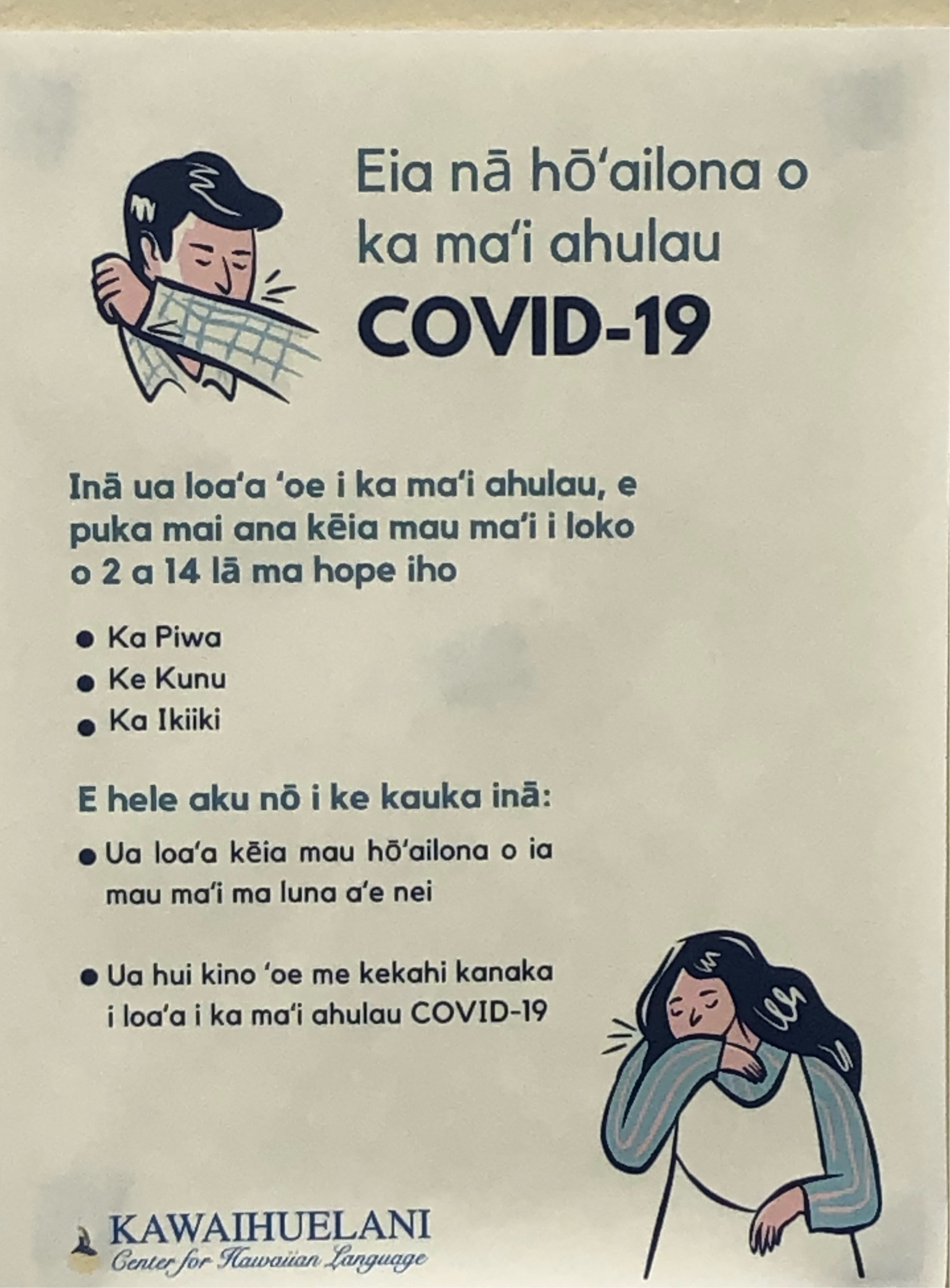
|
46064
|
|
United States
Honolulu
|
|
|
I saw this sign in the Hamilton library while I was sitting at one of the tables. I believe it’s saying the protocols of masking and what do to if you sneeze in the library. This sign is from the center for Hawaiian language. GM
|
Multilingual Hawaiʻi
|
|

|
46065
|
|
United States
Honolulu
|
|
|
I saw this sign when I was adventuring out! They are trying to get people to buy the product shown in the image- it was stated in pidgin, the we’re trying to get a specific audience to buy the product- they left a name and number to call if you are interested in the product. I found this poster very interesting! GM
|
Multilingual Hawaiʻi
|
|
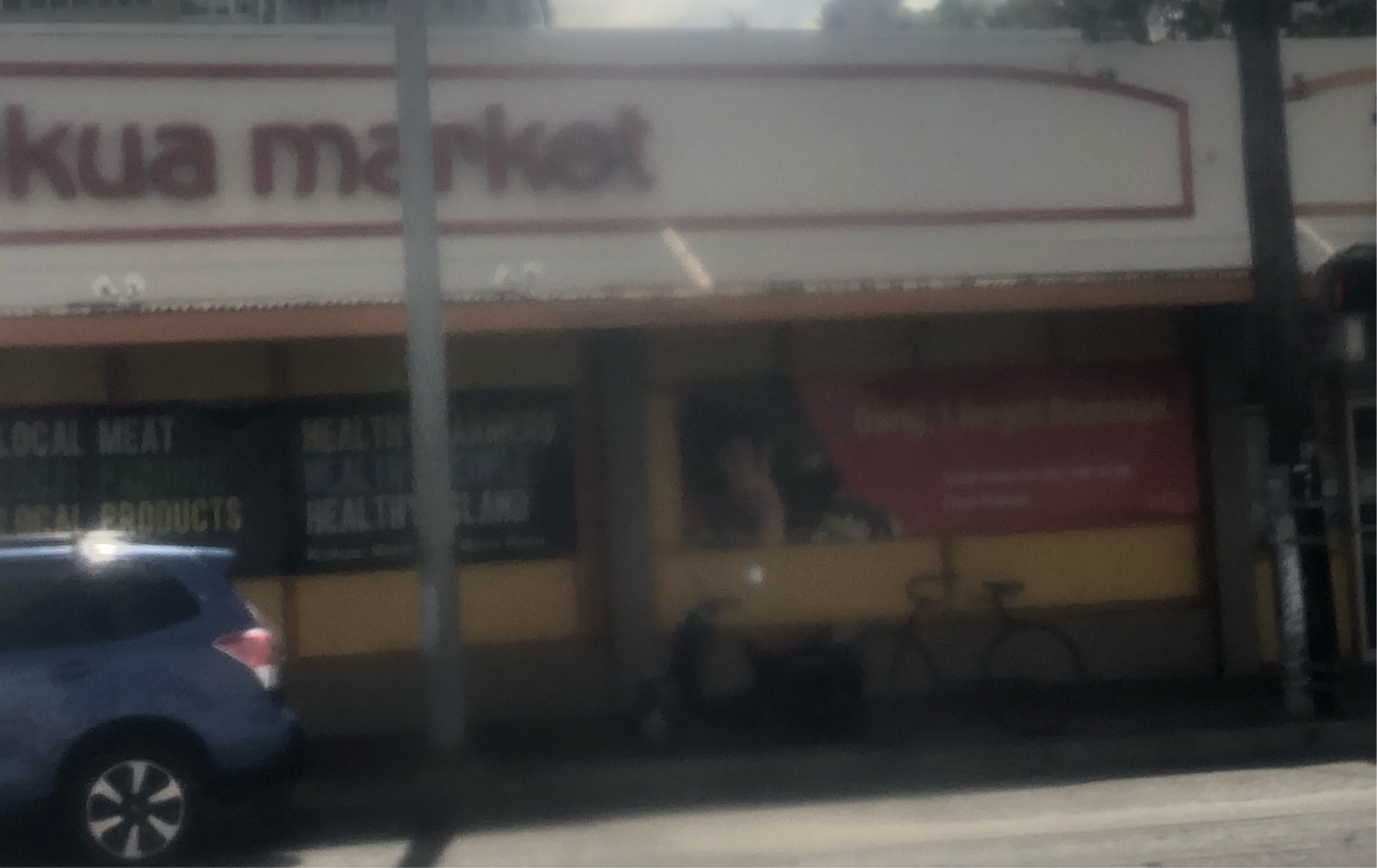
|
46066
|
|
United States
Honolulu
|
|
|
This image is a little blurry but I was on the bus and it started to move so this was the best picture I could get! I believe it’s saying something about health / groceries because behind the poster was the market / grocery store. GM
|
Multilingual Hawaiʻi
|
|

|
46067
|
|
United States
Honolulu
|
|
|
I was browsing target and saw another section of pidgin cards. I liked how it showed the different holidays and days! GM
|
Multilingual Hawaiʻi
|
|

|
46068
|
|
United States
Honolulu
|
|
|
AJR - Check in #2. The brand “Dakine” found in Ala Moana Shopping Center is quite popular both in the United States and across the globe. I would say that initially, the targeted audience was locals but after gaining the popularity it did, I think this has changed. I’m not sure what the history behind this company is but they seem to be profiting off of the common Pidgin word
|
Multilingual Hawaiʻi
|
|

|
46069
|
|
United States
Honolulu
|
|
|
AJR - Check in #2. This license plate cover was found in the apparel store T&C. The language exhibited is primarily Pidgin. I would say the intended audience is both locals and non-locals, given that it is in the mall in a popular apparel store that anyone can shop at. Promoting the sale of products like this that use Pidgin draws a very fine line between promoting local pride and cultural appropriation
|
Multilingual Hawaiʻi
|
|

|
46071
|
|
United States
Honolulu
|
|
|
AJR - Check in #2. This picture shows the use of the Pidgin phrase “Howzit,” followed by “The Aloha Movement” on a sticker. Similar to my previous photo, this was also found in the T&C apparel store and again draws a very fine line between promoting local identity and cultural appropriation. I think what would make this sticker lean more towards promoting local pride would be if it were sold in a local store outside of the mall. By doing this, it would change the intended audience and gear it more towards locals rather than tourists.
|
Multilingual Hawaiʻi
|
|

|
46072
|
|
United States
Honolulu
|
|
|
The domain in particular is for UH Manoa students and also locals who care about the sacred land of Hawaii. It is meant to get the attention of locals and students who may know about the TMT on Maunakea. The Hawaiian in this protests against the building of the thirty meter telescope. ‘A‘ole means to deny and refuse to do a thing so in this case it refuses the building of the TMT. The intended audience is locals, Hawaiians, scientists, people who advocate for the building to sway their opinion. It is printed on cardboard. Again, the implied message is to say no to the building of TMT as it will destroy the sacred land of the Hawaiians. - CQ
|
Multilingual Hawaiʻi
|
|
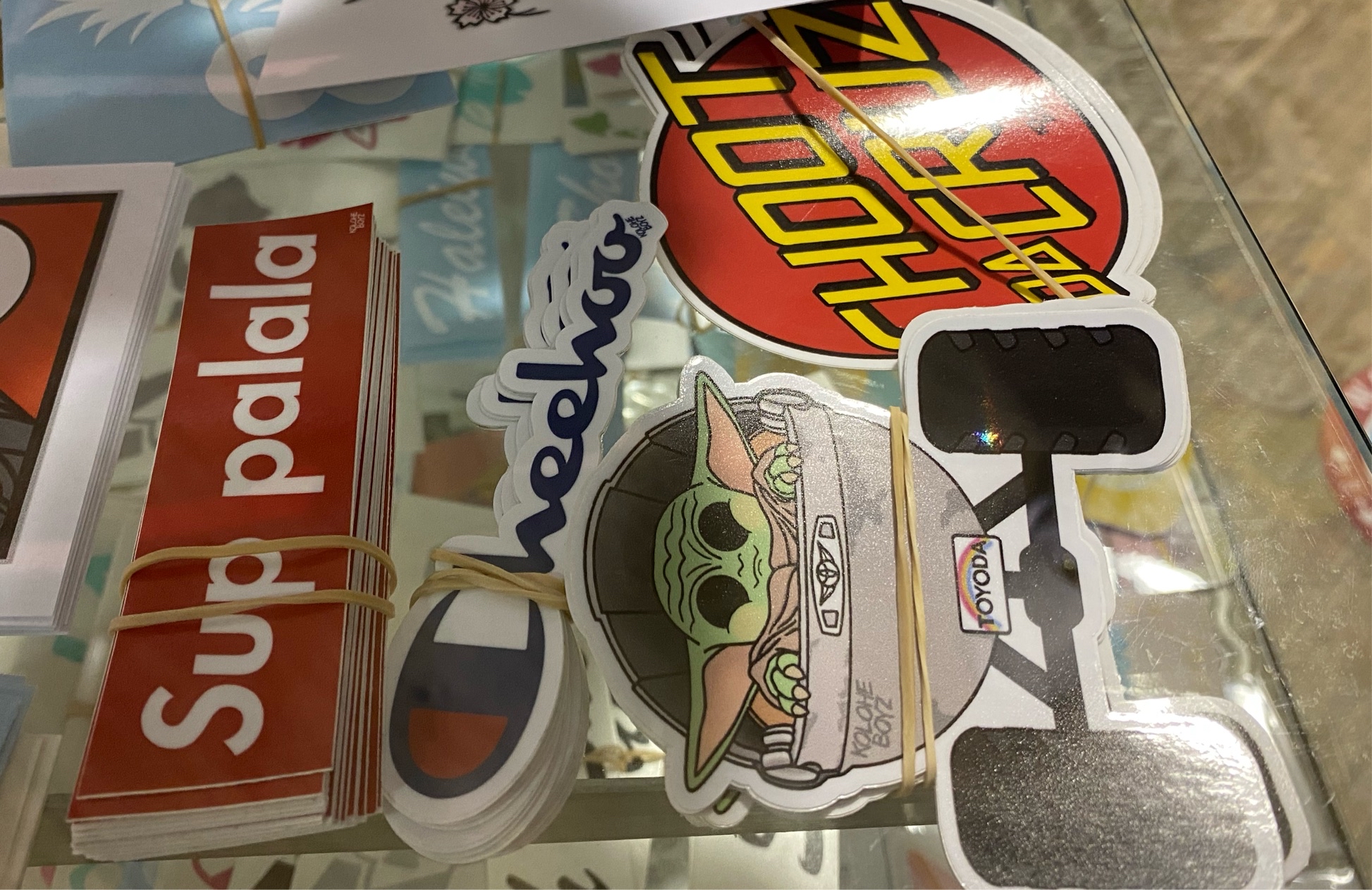
|
46073
|
|
United States
Honolulu
|
|
|
AJR - Check in #2. This picture showcases the use of the Pidgin phrases “Sup palala” and “Cheeehoo” and “Shoot Da Cruz”. I would say these products are geared more towards a local audience as tourists may not be aware of the meaning of these phrases
|
Multilingual Hawaiʻi
|
|
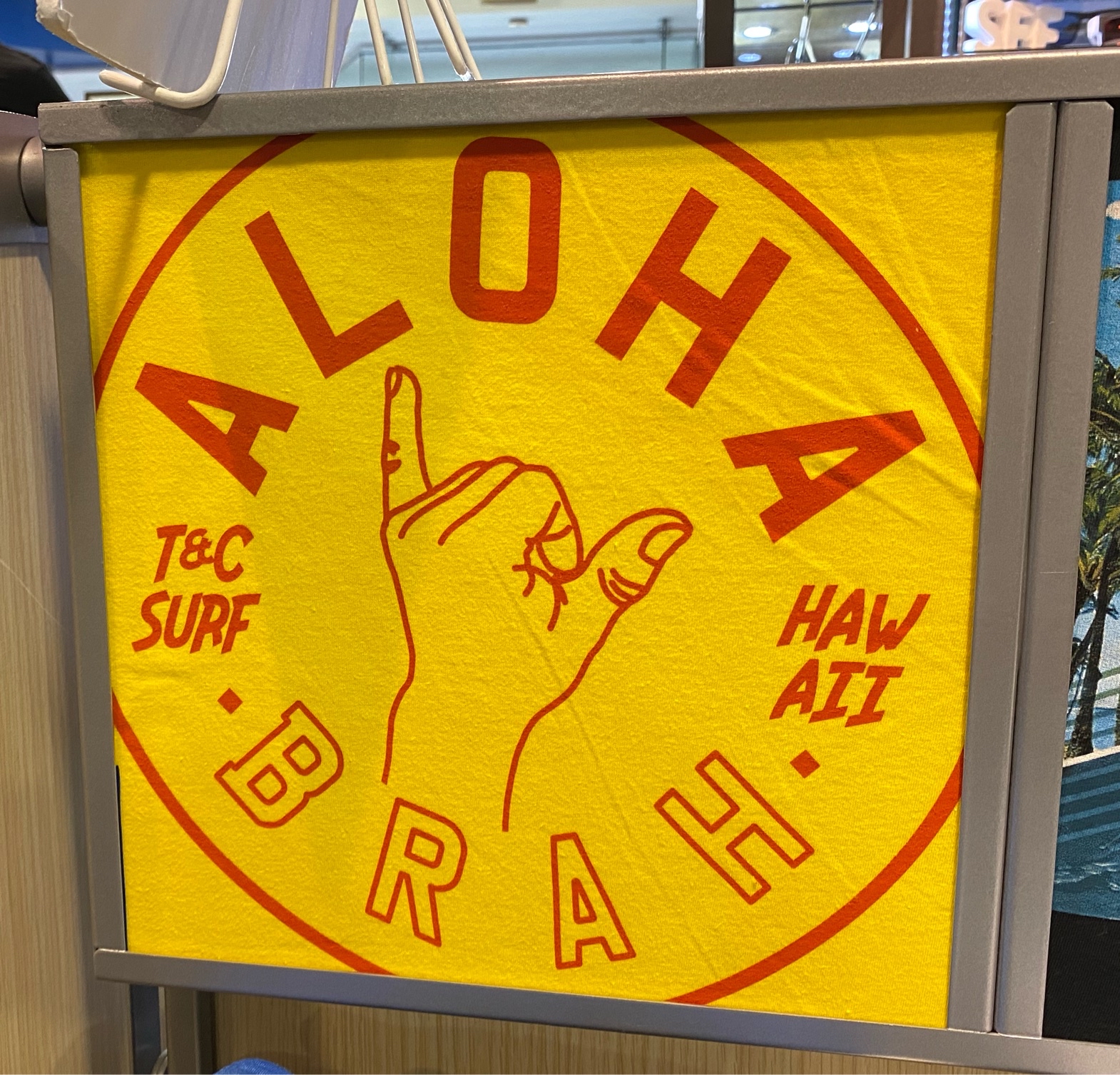
|
46074
|
|
United States
Honolulu
|
|
|
AJR - Check in #2. This picture shows the use of the Hawaiian phrase “Aloha” and Pidgin (?) version of “bro”. The intended audience would be apparel shoppers and it is a great way to promote local identity. However, with the image of a Shaka being exhibited on this shirt, I would say this product catches the eye of more tourists
|
Multilingual Hawaiʻi
|
|
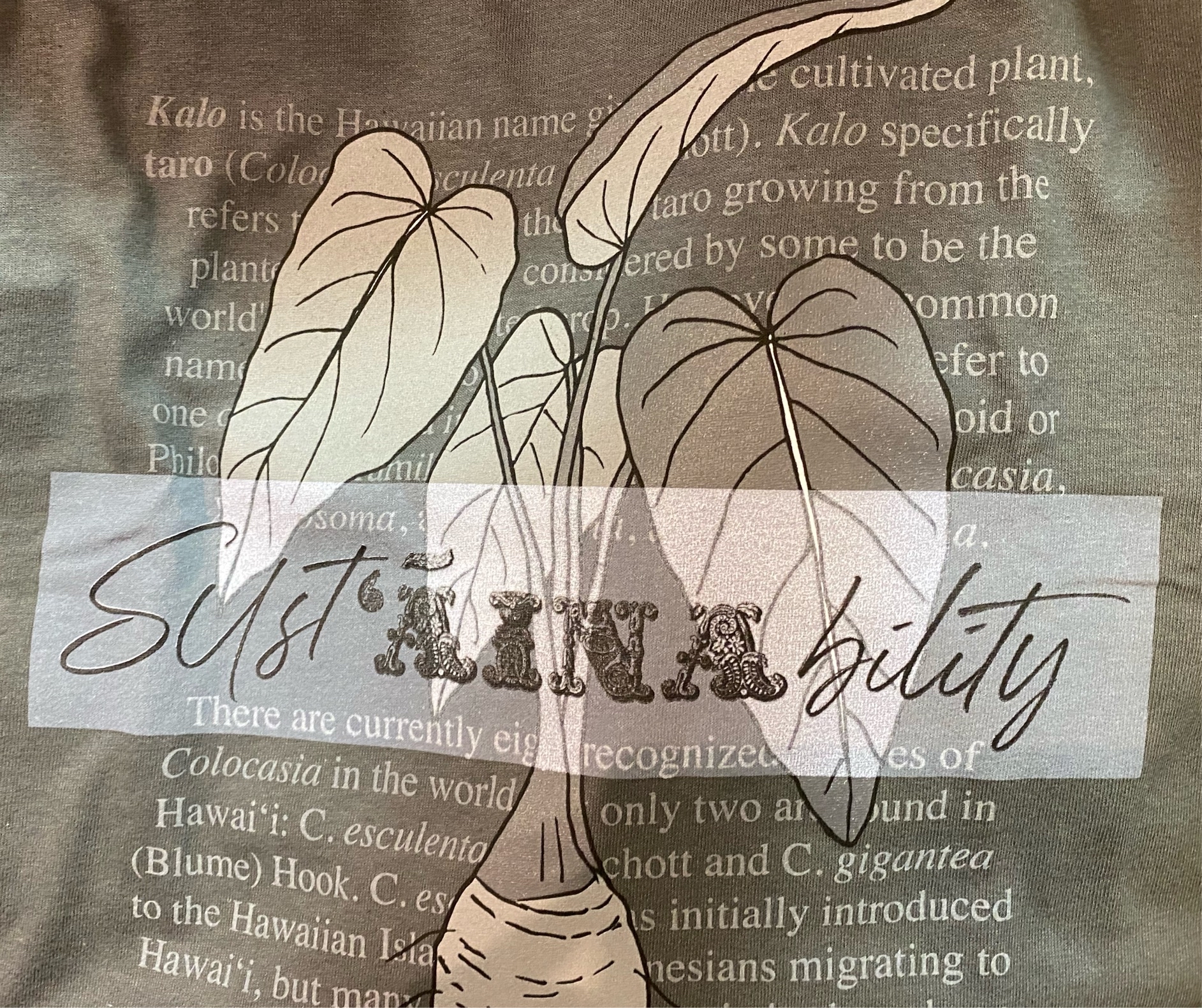
|
46075
|
|
United States
Honolulu
|
|
|
AJR - Check in #2. This picture shows the phrase “SustĀINAbility” in much bigger font than the English/Hawaiian description behind it. By doing so, it combines both English and Hawaiian but gearing the focus more towards the Hawaiian phrase of “Aina.” In my understanding, this phrase refers to having respect towards the land and all that it provides for us, therefore by putting these two words together it creates a Hawaiian claim on sustainability. I would say the intended audience is primarily locals as most tourists most likely don’t know what Aina means
|
Multilingual Hawaiʻi
|
|

|
46076
|
|
United States
Honolulu
|
|
|
AJR - Check In #2. As we see in this photo, the phrase “Lawai’a Krew”. I’m not so sure what Lawai’a means but I do believe it is a Hawaiian term. This picture was found in the T&C apparel store, therefore I would guess the intended audience is both locals and non-locals but locals are most likely to be drawn to this shirt
|
Multilingual Hawaiʻi
|
|

|
46077
|
|
United States
Honolulu
|
|
|
AJR - Check In #2. This picture exhibits both Hawaiian and English words to describe the names of these plants as well as the significance it has to Hawaii. I would say the intended audience of this sign is primarily tourists given that it was in the Ala Moana shopping center. My guess is that the purpose of it is to teach tourists more of the significance that plants have on Oahu both to the island and the people
|
Multilingual Hawaiʻi
|
|
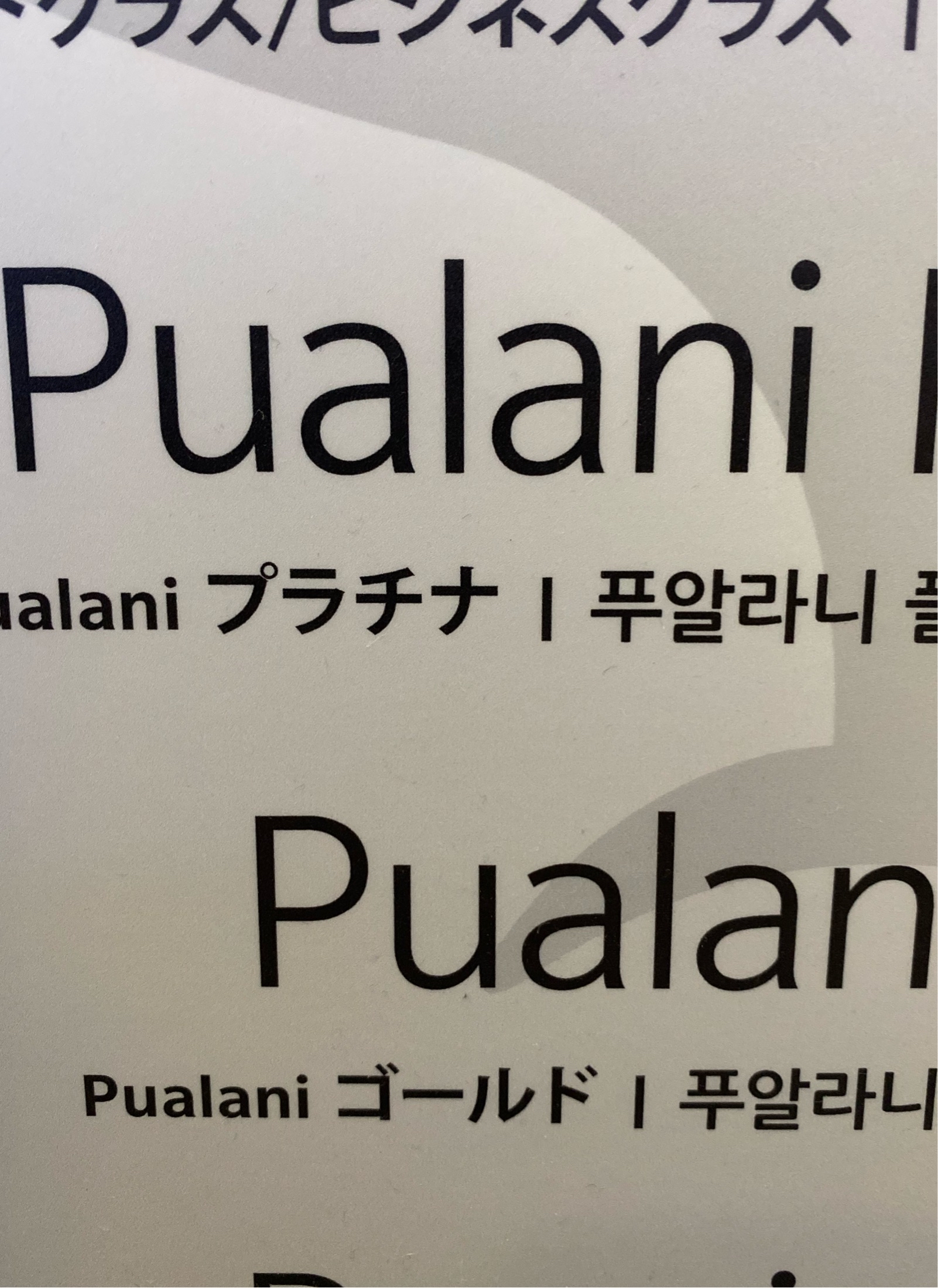
|
46078
|
|
United States
Honolulu
|
|
|
EL-S Checkup #2 : Languages that are used on the sign is Hawaiian and Japanese. There are two Pualani, and one of them is bigger. I think the purpose of this is to catch people’s attention when they enter. The domain is at the international airport. I think what it’s trying to say is the locations of where people are welcoming others. I think Hawaiian is being used here because it’s to welcome them to the island.
|
Multilingual Hawaiʻi
|
|

|
46079
|
|
United States
Honolulu
|
|
|
EL-S Checkup #2 : Hawaiian is being used on the sign. The words are big and colored, and have a floral design on it. I think it’s big like that as just a reminder to workers of the airport. The audience would be the general public such as workers or people entering the airport. The domain as I said is the airport. The message is “aloha ‘oe” which means I love you in Hawaiian I believe.
|
Multilingual Hawaiʻi
|
|
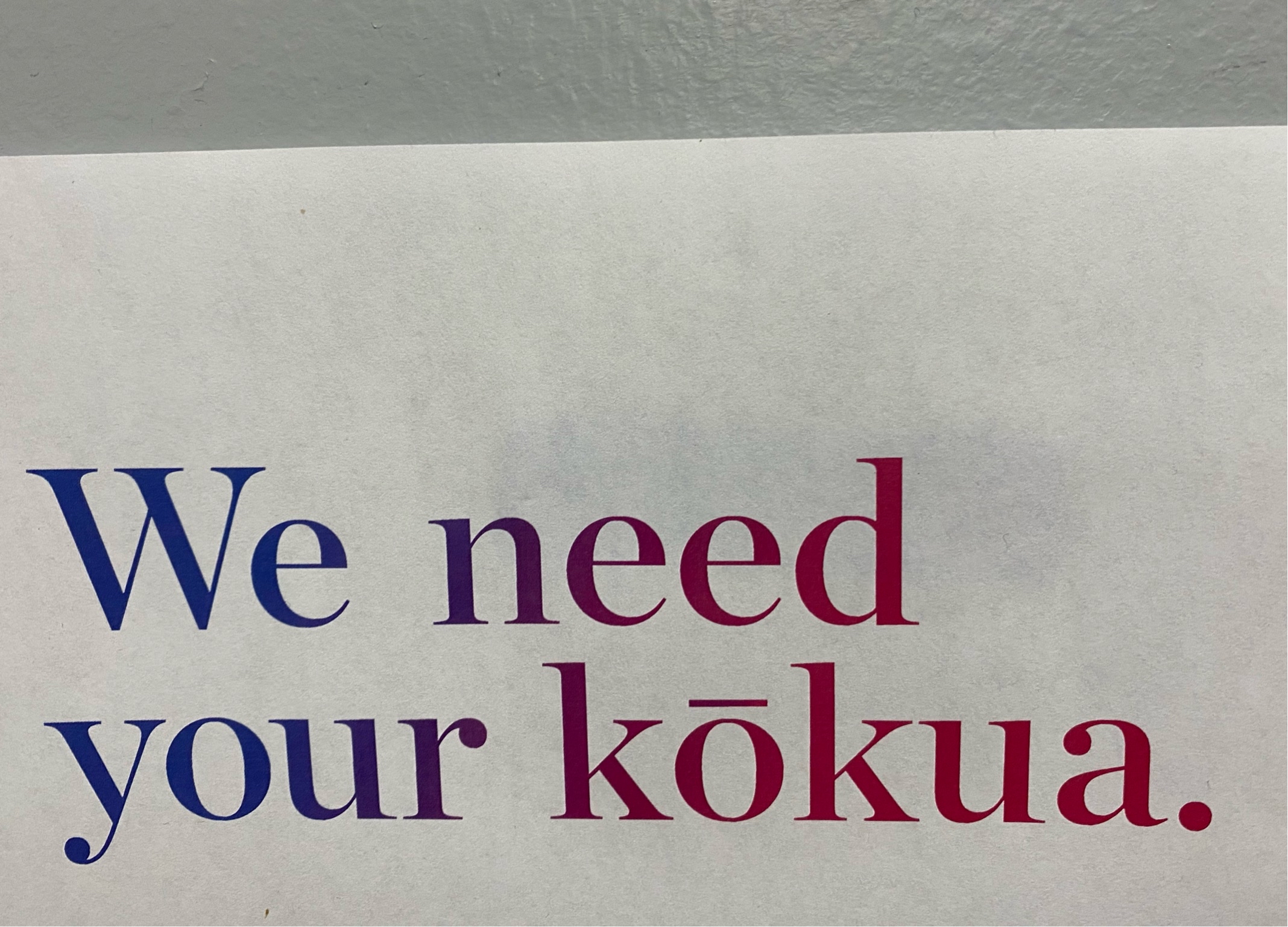
|
46080
|
|
United States
Honolulu
|
|
|
EL-S Checkip #2 : Languages used on this sign is English and Hawaiian. Languages presented all in the same way except Kokua is underlined. I think to emphasize kokua. The audience is general public. The domain is the airport. The sign is telling people we need your help. The sign is here to just let people know we need your help, it could be talking about anything.
|
Multilingual Hawaiʻi
|
|
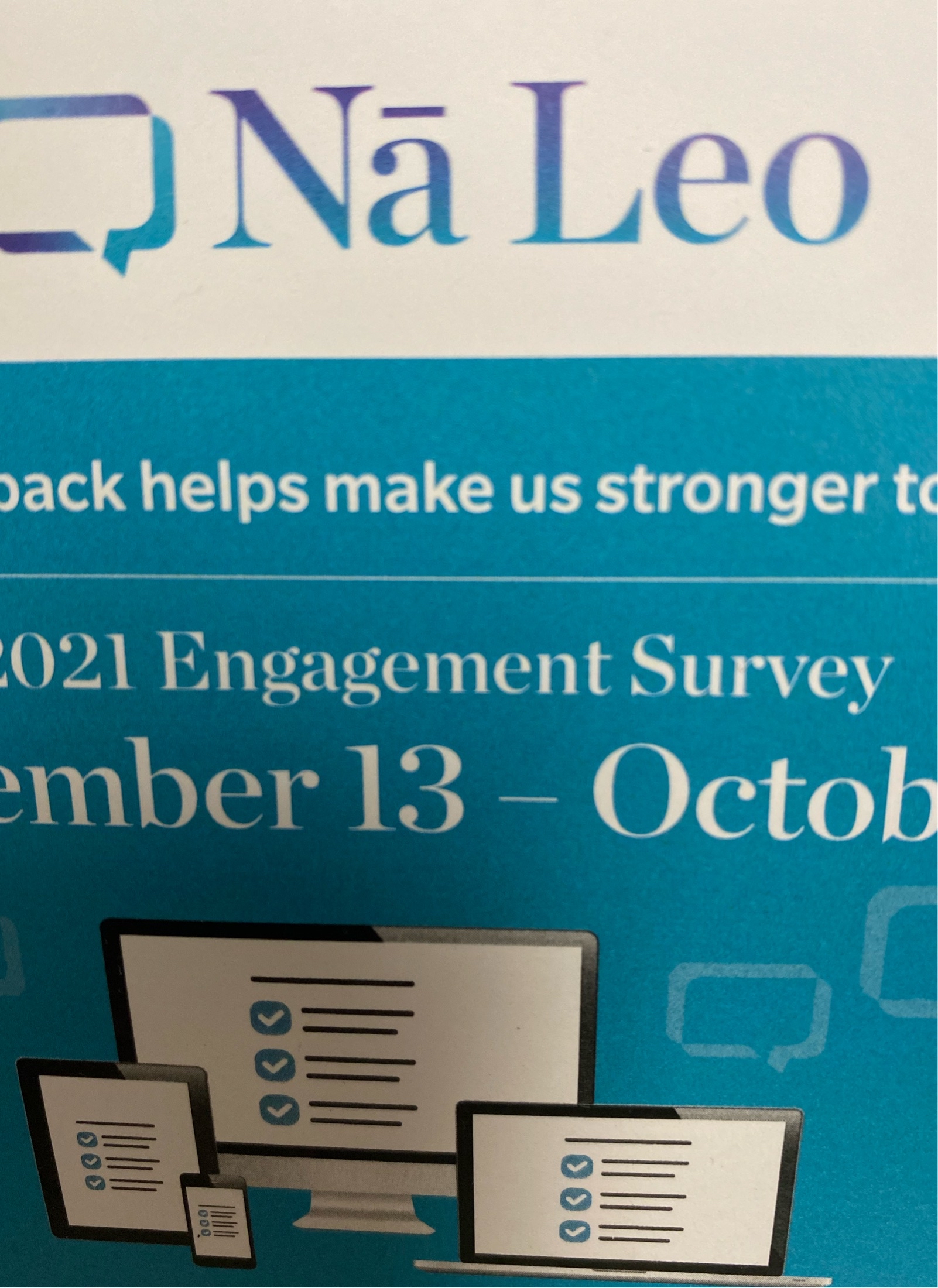
|
46081
|
|
United States
Honolulu
|
|
|
EL-S Check up #2 : Hawaiian and English are being used. The Hawaiian words are bigger than the English words. I think it’s to let people know what the survey is named. The audience is probably people coming in from the mainland to talk about their flight experience. The domain is work. The sign is trying to get people engage into a survey.
|
Multilingual Hawaiʻi
|
|

|
46082
|
|
United States
Pearl City
|
|
|
EL-S Checkup #2 : Pidgin is being used. All of the fonts are mostly the same size. The audience is for those who are grocery shopping. The domain is a grocery store. The sign is telling the people what kind of food that is being sold to them for what price.
|
Multilingual Hawaiʻi
|
|